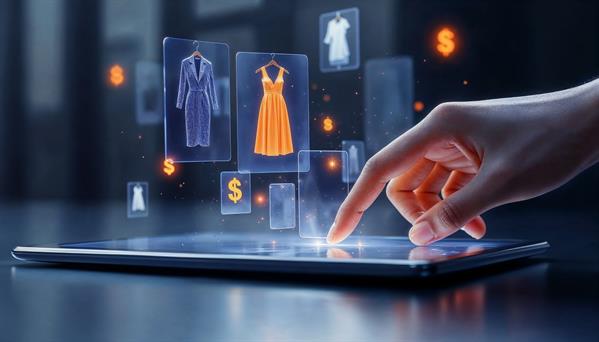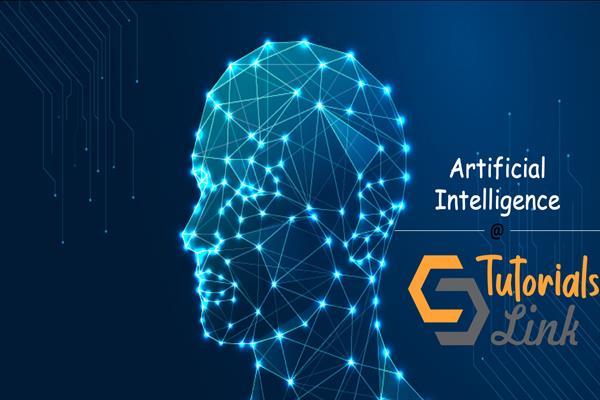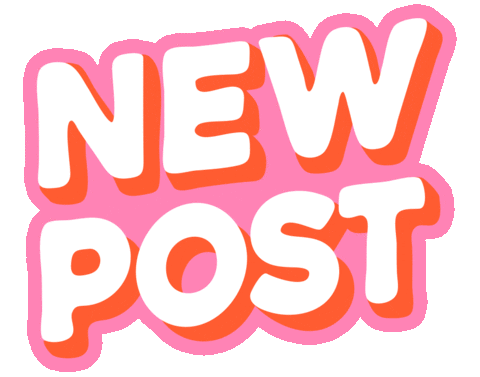Trendspotting: AI-Powered Retail Trend Forecasting
Ever feel like fashion changes faster than your phone’s battery drains? One day it's cottagecore, the next it's all metallic fringe and moon boots. Blink and you’ll miss the next trend. But what if retailers didn’t have to guess what’s coming next? That’s where retail trend forecasting powered by AI steps in—because let’s be real, the future of shopping shouldn’t rely on crystal balls and catwalk guesswork. It should run on data, pattern recognition, and some pretty genius tech.
Today’s most cutting-edge retailers aren’t just following the trends. They’re using retail trend forecasting and retail trend AI to spot them before they even hit your TikTok feed. And tools like Glance AI? They’re taking this to a whole new level—predicting your style, your mood, and maybe even what you’ll crave next Tuesday.

What is Retail Trend Forecasting, and Why Should You Care?
At its core, retail trend forecasting is the art and science of predicting what consumers will want to buy—weeks, months, or even seasons in advance. But the science is rapidly outpacing the art, thanks to machine learning, predictive analytics, and deep data crunching.
Retailers use these tools to:
- Predict upcoming fashion and lifestyle trends
- Optimize inventory (no more racks of last-season sweaters!)
- Launch collections based on real-time demand
- Personalize customer experiences
- Improve returns with precision-driven demand analysis
It’s not just about fashion either. Retail trend AI is shaping everything from beauty and tech to home décor and wellness. If people shop for it, AI can forecast it. And Glance AI doesn’t just stop at prediction—it goes on to visualize those predictions on real people, with real preferences.
How Does Retail Trend Forecasting with AI Work?
Let’s peel back the (very stylish) curtain.
It Starts With Big Data
Retailers feed AI models oceans of information:
- E-commerce and in-store transaction data
- Social media sentiment and trends
- Customer reviews
- Weather forecasts
- Economic indicators
- Pop culture events
The result? A living, breathing algorithm that doesn’t just track what’s trending—it predicts what’s next. Whether it’s dopamine dressing or quiet luxury, AI is already five steps ahead.
Then Comes the Machine Learning Magic
Algorithms analyze historical patterns, seasonality, and new signals to forecast demand. They identify:
- Which colors, fabrics, and styles are heating up
- What kind of products specific regions or demographics crave
- How moods and macro trends (like sustainability or nostalgia) are influencing purchases
And this is where Glance AI truly flexes. With its fashion model trained on global data, diverse body types, and contextual styling, it doesn’t just forecast—it imagines. That’s right: visual try-ons tailored to your skin tone, event, and mood. No guesswork. Just vibes. Just future.
Real-World Examples of AI Forecasting in Action
Let’s talk receipts—not metaphorically, actual business results:
- Stitch Fix: Uses fashion trend AI to create and recommend clothing based on individual style profiles. Result? Faster turnaround and fewer returns.
- Nike: Taps into retail trend forecasting to automate campaign targeting and creative design, improving ad performance and timing.
- Sephora: Their AI assistant predicts upcoming beauty trends and suggests hyper-personalized skincare and makeup combos.
- Glance AI: Combines visual re-synthesis with predictive engines to curate shoppable looks before you even think of the outfit. It’s like an AI stylist who knows you better than your BFF.
Retail trend forecasting isn’t just good for the brands—it helps shoppers too. By predicting what customers are likely to love, retailers reduce irrelevant options and improve the entire experience.
The Coolest Trends in Trend Forecasting
So what’s shaping fashion trend AI and predictive shopping in 2025?
1. Hyper-Personalization
You get a trend! You get a trend! Everybody gets a trend—customized. AI takes into account your location, history, vibe, and even your recent Google searches (creepy or cool? You decide).
2. Contextual Styling
Planning for brunch or Burning Man? AI now recommends looks based on your calendar, mood, and current obsessions. Glance AI’s occasion-based outfit generator nails this beautifully.
3. Generative Fashion and Content
Need a new jacket? Your AI might design it for you. Retailers are using generative models to create new product designs and accompanying copy, images, and even 3D previews. That’s retail trend forecasting taken to the design board.
4. Microtrend Detection
No more waiting for quarterly fashion reviews. AI spots microtrends as they bubble up—through niche social media accounts, mood boards, and online chatter.
5. Mood-Mapped Shopping
You’re sad? AI says velvet. You’re excited? Metallics. Trend forecasting is now blending with emotion mapping for next-level personalization. Tools like Glance AI can even adjust visual recommendations to match how you’re feeling.
AI in Retail: The Secret Sauce for Trendspotting
Whether it’s analyzing heat maps, social chatter, or try-on sessions, AI in retail is the powerhouse behind every major trend call.
- AI-powered dashboards offer visual analytics for real-time decision-making.
- Deep learning models generate customer archetypes to forecast behavior.
- Retailers use predictive engines to reduce dead stock and anticipate demand.
- Return reduction strategies emerge from better product-market fits.
Glance AI, in particular, uses personalization models that combine user preferences, style grammars, and shoppable looks—all auctioned live for maximum retail impact. Retail trend forecasting is now intertwined with visuals, emotions, and live commerce.
Now that’s what we call retail therapy 2.0.
But... What About the Challenges?
No tech is perfect, and retail trend forecasting comes with its own checklist:
- Data Overload: Too much info can overwhelm models. Clean data is king.
- Bias: Models can pick up on past biases if not retrained regularly.
- Integration Drama: Plugging AI tools into legacy systems can feel like marrying a toaster to a smartphone.
- Privacy: Predictive tools that get too personal must tread carefully.
Retailers must keep a steady eye on ethics, transparency, and training. AI isn’t magic—it’s a mirror of the data it’s given.
Glance AI: Where Forecasting Meets Fashion Fantasy
When it comes to bringing retail trend AI into people’s lives, Glance AI isn’t just observing trends—it’s creating them.
- Using generative visuals, it shows shoppers how trends apply to them.
- Its aspiration graph doesn’t just track what you like—it maps what you might love next.
- With personalization engines and real-time bidding, every swipe is shoppable, and every style is strategic.
- Visual re-synthesis adds realism to fashion forecasting—turning ideas into try-ons.
So next time you open your phone and see a full outfit styled to perfection, thank Glance AI—and your excellent taste.
Final Thoughts: Retail’s Crystal Ball Is Powered by Code
Retail trend forecasting is no longer reserved for fashion editors and trend forecasters with color swatches. Today, it’s a data-fueled, AI-enhanced, visually immersive playground—and shoppers are loving it.
From detecting signals in real time to transforming them into wardrobe magic, AI has become the ultimate trend whisperer. And with platforms like Glance AI, the future isn’t just predicted. It’s personalized, pictured, and ready to shop.
Explore More from Glance AI:
Want to dive deeper into how AI is revolutionizing style and shopping?
- The Next Big Thing: How AI is Shaping Fashion Trends
- AI Commerce: The Future of Shopping Powered by Intelligence
- AI in Retail Supply Chain: How It Forecasts Demand?
Ready to be ahead of the curve? Download the Glance app and let the future of retail trend forecasting find you—before you even start scrolling.
AI in retail isn’t just efficient. It’s intuitive, imaginative, and maybe even a little bit psychic.
So stay trendy, stay techy—and let your next outfit find you.





